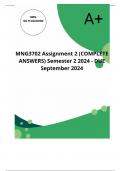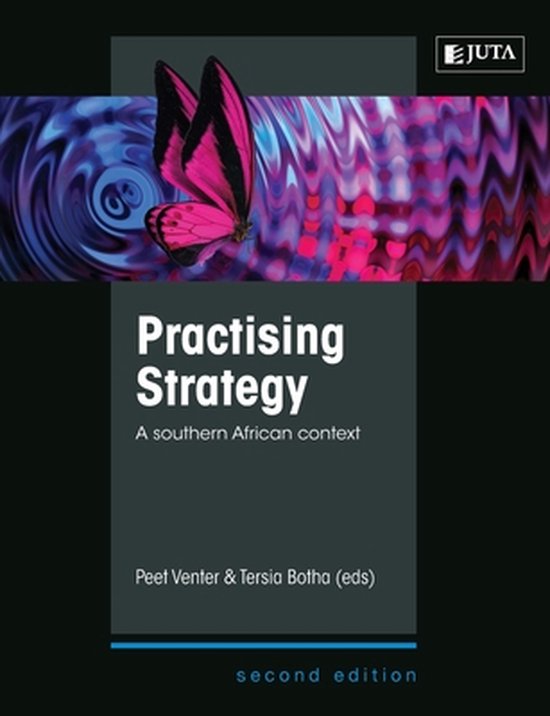,Michelin is a leading French brand and manufacturer of tires and
rubber products.The company was founded in 1888 by two Michelin
brothers and grew to one of the largest tyre manufacturers in the
world, with a market share of 14.8% in 2023. Oddly enough, the
company also sells popular travel guides and road maps. They can
make or break chefs by the number of Michelin stars they award to
their restaurants. Michelin stars are a rating system used by the red
Michelin Guide to grade restaurants on their quality and excellence.
Restaurants can be awarded one, two or three stars, based on various
criteria, such as quality of their ingredients used, the harmony of
flavours in their dishes, the mastery of various techniques, the
personality of the chef, and the consistency of the menu. The
Michelin Man (Bibendum) is known word wide. The history of the
Michelin Guide The Michelin Guide is considered by many to be
the hallmark of global fine dining and quality cuisine. It has
immense power over chefs, restaurateurs, and foodies world wide. It
may divide opinions across the food service industry, but its
influence is undeniable. French chef Paul Bocuse, a pioneer of
nouvelle cuisine (a modern French style of preparing dishes that
avoids rich, heavy foods, rather emphasizing the freshness of the
ingriedients used in prepring the dishes and the presentation
thereof), once said, “Michelin is the only guide that counts.” The
birth of the famous little red book is a very interesting story. When
the Michelin tire company was established in 1888 by brothers
André and Édouard Michelin, it was a time when driving was
perceived as a novelty to most. There were less than 3 000 cars in
France at the time. However, the brothers were quick to recognize
driving and mobility as a lasting trend. To encourage more road
travel, and hence boost tire sales, they decided to create a
comprehensive guidebook for motorists which catalogued hotels,
restaurants, mechanics, and gas stations. In 1900, the very first
edition of the Michelin Guide was published, and 35 000 copies
were given out for free. 3 MNG3702 Assignment 2, semester 2 As
the tire company grew, so did the Michelin Guide. Country-specific
editions were published throughout Europe, starting with Belgium in
, 1904. A charge was introduced for the first time in 1920 when
André Michelin walked into a garage and saw copies of the
guidebook being used to support a workbench. Realising that “Man
only truly respects what he pays for,” the company started charging
7 francs for the guides. By that time, the restaurant section of the
Michelin Guide had become so popular that the company started to
recruit anonymous inspectors to visit and review restaurants. Six
years later in 1926, the Michelin star system was born. There were
other notable changes as well, namely listing restaurants by specific
categories, the debut of hotel listings and the abandonment of
paidfor advertisements. The single-star restaurant review system
also expanded to the present a three-star system in 1931: “A very
good restaurant in its category.” “Excellent cooking, worth a
detour.” “Exceptional cuisine, worth a special journey.” In 1957, the
Michelin Guide began awarding accolades to restaurants that
provided “good meals at moderate prices,” a feature now called Bib
Gourmand. The Bib Gourmand symbol—the image of Bibendum or
the Michelin Man licking his lips—debuted in the Michelin Guide
in 1997. What began as a promotional device for the Michelin
brothers’ tire business at the turn of the 20th century has grown into
an authority on global fine dining. Since its first publication in 1900,
more than 30 million copies of the Michelin Guide have been sold
across the globe. It presently rates over 40,000 establishments in
over 25 countries across four continents. Performance, strategy, and
structure Michelin has a rich history of a company that started by
manufacturing tires for bicycles and horse-drawn carriages. Then,
they introduced pneumatic tires (rubber tires inflated with air) for
automobiles in the 1980s. Michelin was reorganised as a holding
company in 1951, with interests in tires, other rubber products and
synthetic rubber. Over the years, Michelin's worldwide revenue
increased, despite frequent fluctuations in the market. The lowest
point for the company occurred in 2009, which coud be attributed to
workers and managers in the tyre factories having different points of
view regarding better use of technology with new projects which
was not going according to plan. The world was changing, but





